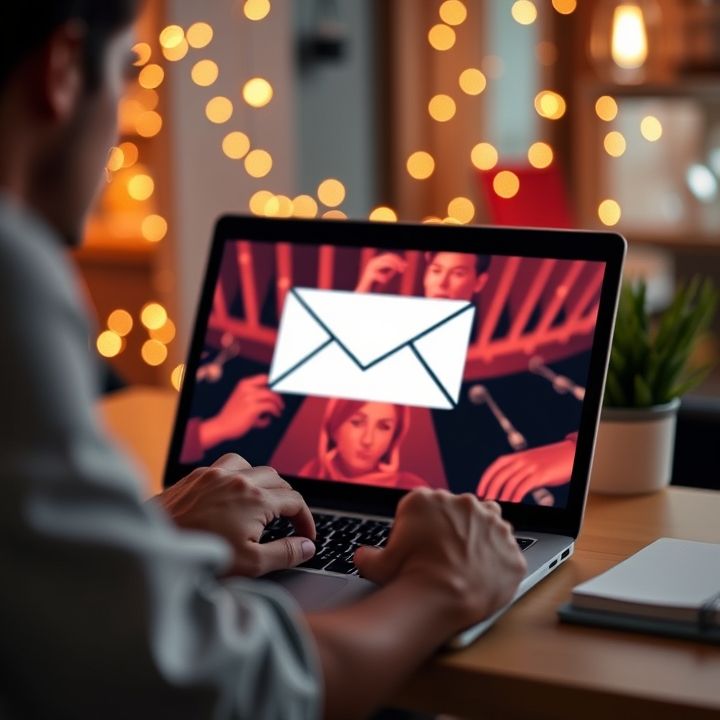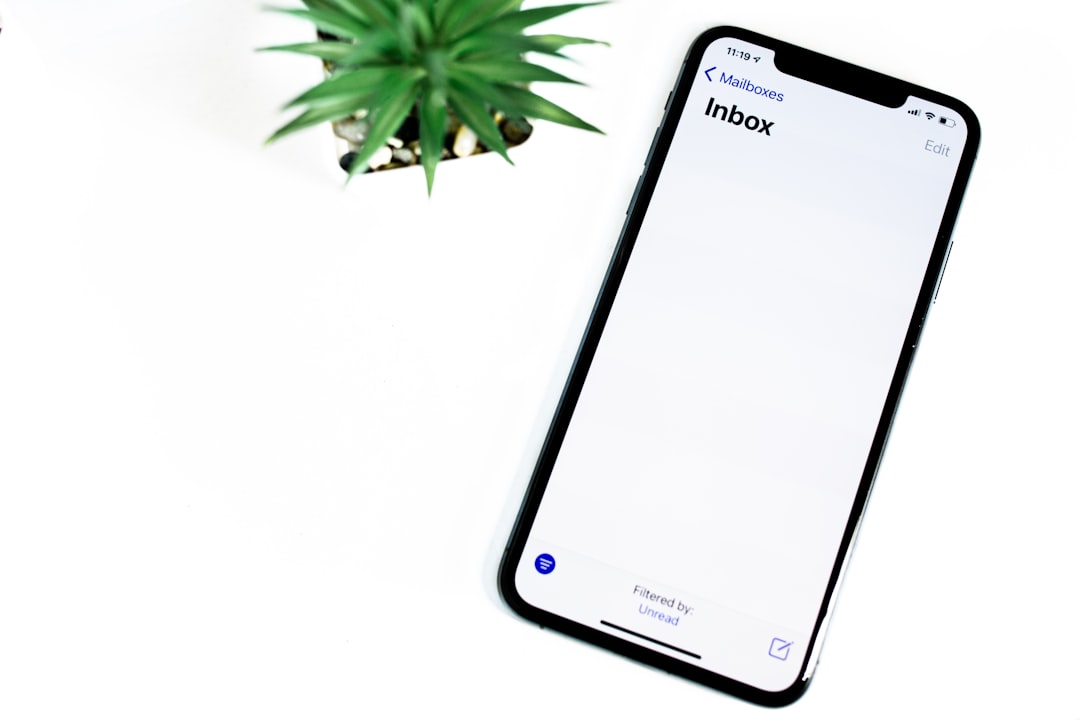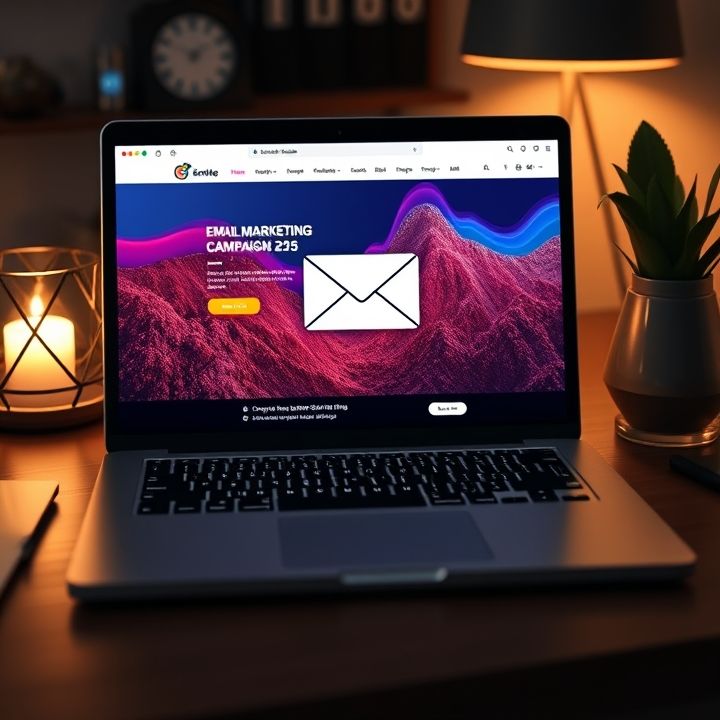Table of Contents
- Introduction
- Understanding the importance of segmentation in email marketing
- How segmentation improves email engagement rates
- Tools and techniques for effective email segmentation
- The power of dynamic content in personalized marketing
- Creating tailored email experiences using dynamic content
- The impact of dynamic content on conversion rates
- Integrating segmentation and dynamic content for optimal results
- Challenges and solutions in implementing segmentation and dynamic content
- Conclusion
- Frequently Asked Questions
Introduction
In the rapidly evolving world of digital marketing, unlocking the secret to a successful email marketing strategy can feel like a pursuit of the Holy Grail. Yes, the promise of perfectly curated and highly personalized emails sounds tantalizing, but how can your business truly achieve that? Hint: it’s all about segmentation and dynamic content.
Imagine crafting emails that speak to each recipient as if they were written exclusively for them. This is not a distant marketing daydream; it’s a reality that’s closer than you think. Through effective segmentation and dynamic content, you can transform your email campaigns into powerful tools that drive engagement and conversions.
Before we dive deeper into this game-changing strategy, let’s take a moment to visualize the magic happening behind the scenes. Picture yourself planning a comprehensive email marketing strategy:
| Traditional Email | Segmented Email | Dynamic Content Email |
|---|---|---|
| Generic greeting | Audience-specific greeting | Personalized greeting with name |
| One-size-fits-all content | Segment-tailored content | Highly personalized, dynamic content |
| Standard CTA | Group-customized CTA | Individual-specific CTA |
Understanding the importance of segmentation in email marketing
In today’s competitive digital landscape, segmentation has become a crucial element in the realm of email marketing. Understanding the importance of segmentation involves recognizing that not all subscribers are the same. They have different needs, preferences, and behaviors. This knowledge allows marketers to divide their audience into smaller, more homogeneous groups based on specific criteria such as demographics, purchase history, or engagement level. Segmentation enables marketers to craft personalized and relevant messages that resonate with each group, rather than sending a one-size-fits-all email. This tailored approach increases open rates, click-through rates, and ultimately conversion rates.
Furthermore, segmentation enhances the customer experience by delivering content that is genuinely valuable to the recipient. It helps in building stronger relationships and fostering loyalty as customers feel understood and valued. In essence, segmentation is not just about organizing your email list; it’s about deepening your understanding of your audience to better meet their needs and expectations. By leveraging segmentation, businesses can optimize their email campaigns for greater engagement and more effective communication, making it a vital strategy for any email marketing initiative.
How segmentation improves email engagement rates
Segmentation is a powerful tool that can significantly enhance email engagement rates by tailoring messages to specific groups within your subscriber base. By dividing your email list based on demographics, behaviors, purchasing history, or engagement levels, you can ensure that your email content resonates more effectively with each segment. This personalization creates a more relevant and engaging experience for the recipients, increasing the likelihood that they will open, read, and interact with your emails.
When customers receive information that is directly relevant to their interests and needs, they are more inclined to click through and take action, whether it’s making a purchase, signing up for a webinar, or downloading a resource. For example, a retail brand might segment its audience by purchase history, sending exclusive offers to frequent buyers and introductory discounts to new subscribers.
Segmentation doesn’t just stop at dividing audiences—it enables the creation of targeted campaigns that speak directly to the interests and preferences of each group. Overall, this strategy leads to higher open rates, increased click-through rates, and ultimately more conversions. By meeting subscribers where they are in their customer journey, segmentation builds stronger relationships and fosters brand loyalty.
Tools and techniques for effective email segmentation
Effective email segmentation begins with using the right tools and techniques to tailor content to diverse subscriber groups. A key tool in this process is a Customer Relationship Management (CRM) system, which enables marketers to collect and analyze customer data. This data can include demographic information, purchasing habits, and engagement history.
Email marketing platforms often come with built-in segmentation features, enabling users to create specific groups based on various criteria such as age, location, purchase history, and behavior. These platforms often integrate with CRMs to offer a more comprehensive view of customer interactions.
Another useful technique is the use of lead scoring, which assigns a value to each contact based on their interaction with your brand. This method allows marketers to segment customers based on how engaged they are, ensuring that content is relevant to their current stage in the buyer’s journey.
A/B testing can also enhance segmentation by determining which types of content and subject lines resonate most with different audience segments. This helps in refining email strategies to boost open rates and engagement. Employing these tools and techniques not only improves customer engagement but also enhances the overall effectiveness of an email marketing campaign.
The power of dynamic content in personalized marketing
Dynamic content is a powerful tool in the realm of personalized marketing, acting as a key driver to engage and convert customers by delivering tailor-made experiences. It refers to the on-the-fly adjustment of content in marketing communications such as emails, based on user behavior, preferences, or real-time data. By leveraging dynamic content, marketers can craft messages that resonate more deeply with individual recipients, enhancing both relevance and engagement. For instance, an e-commerce company can showcase products related to a customer’s browsing history or past purchases, thereby increasing the likelihood of conversion.
Dynamic content goes beyond mere personalization by allowing adjustments that reflect the user’s current context or stage in the buyer’s journey. This approach not only improves click-through rates and open rates but also fosters a stronger relationship between the brand and its audience. Furthermore, it enables marketers to stay agile and responsive to changing customer needs or market conditions, adapting marketing strategies accordingly. In essence, dynamic content empowers businesses to meet customer expectations more accurately, creating a seamless and personalized experience that can transform casual browsers into loyal customers.
Creating tailored email experiences using dynamic content
Creating tailored email experiences using dynamic content is essential to personalizing communication and enhancing engagement with your audience. Dynamic content allows marketers to customize email components based on recipient data such as location, preferences, behavior, and previous interactions. This customization helps in delivering relevant content to each recipient, thereby increasing the likelihood of interaction and conversion.
Dynamic content can include personalized product recommendations, region-specific offers, or content that aligns with the recipient’s stage in the customer journey. For example, a clothing retailer can use dynamic content to show winter apparel to customers in colder climates while showcasing summer collections to those in warmer areas. Similarly, marketers can dynamically alter the text, images, or call-to-action buttons to reflect the interests and buying history of each subscriber.
Employing dynamic content in email marketing not only improves open and click-through rates but also leads to higher customer satisfaction by providing a more relevant and meaningful experience. By continually analyzing customer data and preferences, businesses can refine their dynamic content strategies, ensuring that every email sent is as impactful and personalized as possible.
The impact of dynamic content on conversion rates
Dynamic content in email marketing is a powerful tool that significantly influences conversion rates. By tailoring the content that subscribers receive based on their behaviors, preferences, and demographics, marketers can create a highly personalized experience. This approach goes beyond simply addressing the recipient by name; it involves altering the content, offers, and calls to action based on the subscriber’s past interactions and predicted interests. The result is an email that truly resonates with the recipient, leading to higher engagement levels.
A key benefit of using dynamic content is the ability to create a sense of relevance and immediacy, which can directly impact conversion rates. When subscribers feel that an email speaks directly to their needs or current life situation, they are more likely to take the desired action, whether that’s making a purchase, signing up for a service, or clicking through to learn more. This enhanced engagement often translates into improved conversion metrics.
Moreover, dynamic content can help reduce unsubscribes and increase customer loyalty. By constantly providing value and relevance, subscribers are more inclined to stay engaged long-term. In essence, dynamic content doesn’t just facilitate initial conversions; it supports ongoing customer relationship development, ultimately leading to sustained business success.
Integrating segmentation and dynamic content for optimal results
Integrating segmentation and dynamic content is crucial for maximizing the effectiveness of your email marketing strategy. Segmentation involves dividing your email list into smaller, categorized segments based on specific criteria such as demographics, past behaviors, or purchase history. This allows marketers to tailor content that is more relevant to each group, increasing engagement and conversion rates.
Dynamic content, on the other hand, refers to email elements that automatically change based on individual subscriber data. By using dynamic content, marketers can personalize emails at an individual level, improving user experience by delivering messages that resonate with specific interests and behaviors. The combination of segmentation and dynamic content allows for a more targeted approach, ensuring that the right message reaches the right person at the right time.
This personalized interaction not only boosts engagement but also enhances customer loyalty. It fosters a stronger connection between the brand and the recipient, as the audience feels understood and valued. By continuously analyzing data and adjusting segmentation strategies, businesses can refine their dynamic content even further, leading to optimal results in their email marketing efforts.
Challenges and solutions in implementing segmentation and dynamic content
Implementing segmentation and dynamic content in email marketing can pose several challenges. One major challenge is data management. Collecting, analyzing, and maintaining accurate data requires a robust system and resources, which can be overwhelming for small businesses. Additionally, ensuring data privacy and compliance with regulations such as GDPR can further complicate the process.
Another challenge is the technological complexity involved in setting up dynamic content. It requires seamless integration with your customer relationship management (CRM) systems and email marketing platforms, which might be daunting for teams lacking technical expertise.
Despite these challenges, effective solutions do exist. Investing in the right technology and tools is crucial. CRM and email marketing solutions that offer easy integration and user-friendly interfaces can simplify data management and dynamic content setup. Additionally, training your team and hiring skilled professionals can bridge the technical gap.
Furthermore, adopting a phased approach by starting with basic segmentation and gradually advancing to more complex dynamic content can help manage workload while gathering the necessary expertise and insights to optimize your strategy. Regularly reviewing and updating your data ensures compliance and enhances the personalization of marketing efforts, driving better engagement and results.
Conclusion
In conclusion, the fusion of segmentation and dynamic content is not just a game-changer but a necessity in the ever-evolving landscape of email marketing. By understanding your audience on a granular level and delivering precisely what they seek through personalized content, businesses can significantly enhance engagement rates and conversions. Segmentation allows marketers to speak directly to varied subscriber needs, while dynamic content elevates this interaction by adding a layer of real-time personalization.
The strategic implementation of both approaches ensures messages are relevant, timely, and resonate with subscribers’ interests and behaviors, leading to stronger customer relationships and brand loyalty. Overcoming the challenges of data management and technological integration is crucial, and businesses must invest in the right tools and training to optimize these strategies effectively. By doing so, not only can companies reduce unsubscribe rates, but they can also foster a marketing environment where the consumer feels valued and understood.
Ultimately, leveraging the power of segmentation and dynamic content positions a business at the forefront of effective digital marketing, turning prospects into loyal customers and transforming marketing efforts into valuable outcomes.















